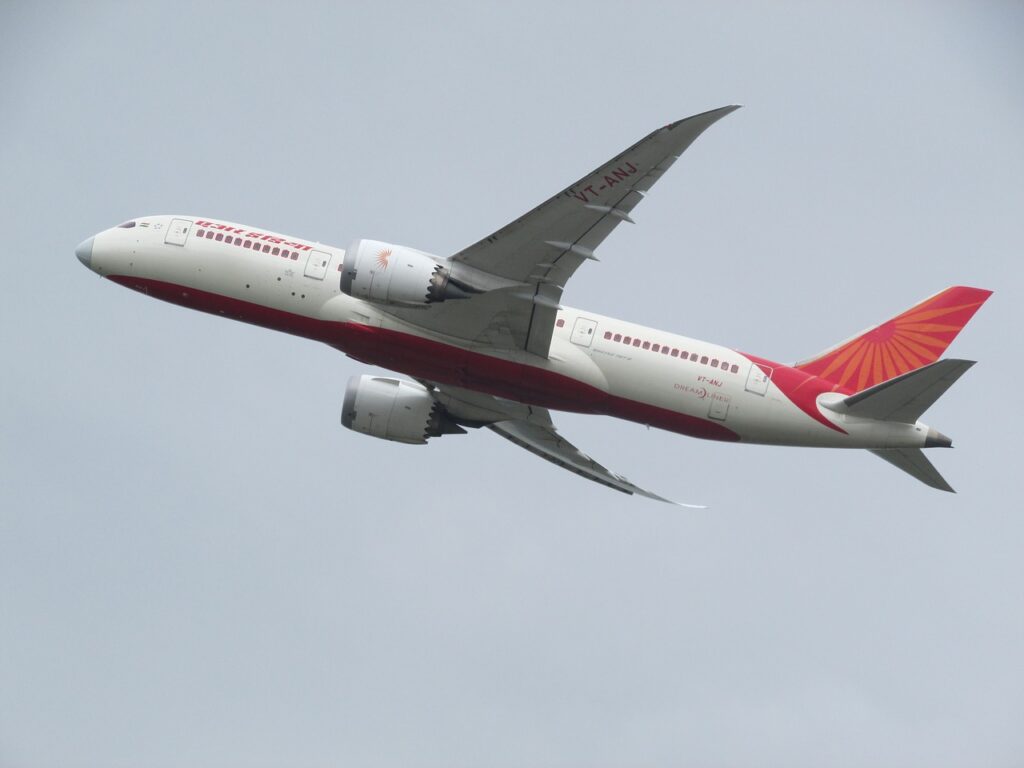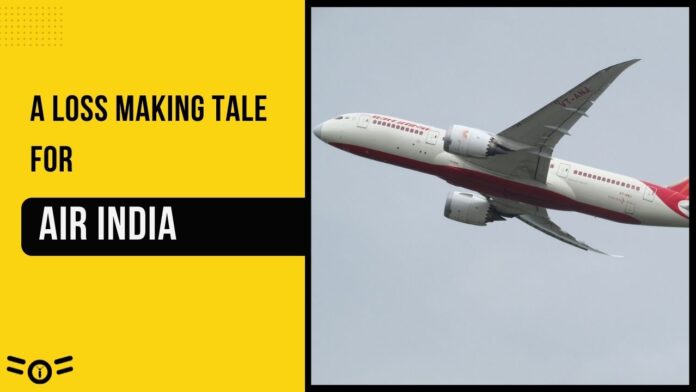The now privatised airline Air India Ltd. had been incurring losses every year after it was merged with the Indian Airline in the year 2007-08. The reason for the loss is innumerable. Some of them include a high-interest burden on debt, an increase in competition, especially from low-cost carriers, high input cost, and adverse impact of exchange rate variation.
The government of India was committed to privatisation of Air India to recover the brand, which was once world-famous but succumbed to greed by the top airline officials back then. The tale of crises began with the airline reporting a loss of Rs 541.30 crore respectively during 2006-07. The loss was primarily due to higher operating costs and lower revenues.
Fuel costs accounted for 40% of the operating costs that rose by Rs 386 crore to Rs 3,540 crore. Alongside this, the carrier had to give Rs 430 crore on account of the unpaid payments to its employees, which was pending for a long time.
The Beginning
In the year 2007-08, the government formally announces the merger of Air India with Indian Airlines into a new company called National Aviation Co of India Ltd, or NACIL. A loss of Rs 2,226 crore was reported in FY07-08.
After various events where the airline faced a notice by Prime Minister Manmohan Singh in 2009 for the restructuring plan, the losses accumulated now were more than Rs 5,000 crore. Following the instructions of the Prime Minister’s Office, Air India sets up a turnaround committee. The losses are mainly on account of excess capacity in the industry and high jet fuel costs.
Trying every possible way out, by borrowing Rs 6,650 crore in the year 2007 and Rs 15,000 crore in October 2009 and cutting 50% of productivity lined incentives from its employees in the hope of saving approximately over Rs 500 crore, Air India encountered a hunger strike by the union in against of reduction of incentives.

A sigh of relief
Air India, which had posted an accumulated loss of Rs 7,774 crore till now, appointed Booz Allen in October 2009 to look at costs across the board and suggest ways to save them. Cash strapped Air India, now running at a loss of over Rs 7000 crore and a debt of over Rs 15,000 crore, tried every possible strategy but all failed. Through government help in the year 2010, Air India ordered 27 Boeing 787 Dreamliner aircraft and began inducting them in 2011. Air India’s expected loss during 2010 was around Rs 5,400 crore.
Replying to a series of questions in the Rajya Sabha, the then Minister Of Civil Aviation Vyalar Ravi gave details of the financial woes of loss-making Air India. It incurred a loss of Rs 6,994 in FY2010-11. MPs asked the Minister whether the 175 routes operated by Air India were making any profit, to which the answer was only two. In 2011, mapping the route wise profitability, 8 out of the 175 services dint met fuel costs, 109 met fuel costs but not cash costs and the rest met cash costs but not the total costs.
All these losses were happening back to back in a market fuelled by competition.
The airline reported losses of Rs 7,982.83 crore (provisional figure) in 2019-20, Rs 8,556.35 crore in 2018-19, and Rs 5,348.18 crore in 2017-18. The carrier’s liabilities are expected to cross $20 billion by 2024-2025, which includes losses reported during FY21 and FY22 said by Capa India in its India Aviation Outlook FY22.
If you like this post and want to see more content like this, do follow Aeronefs


